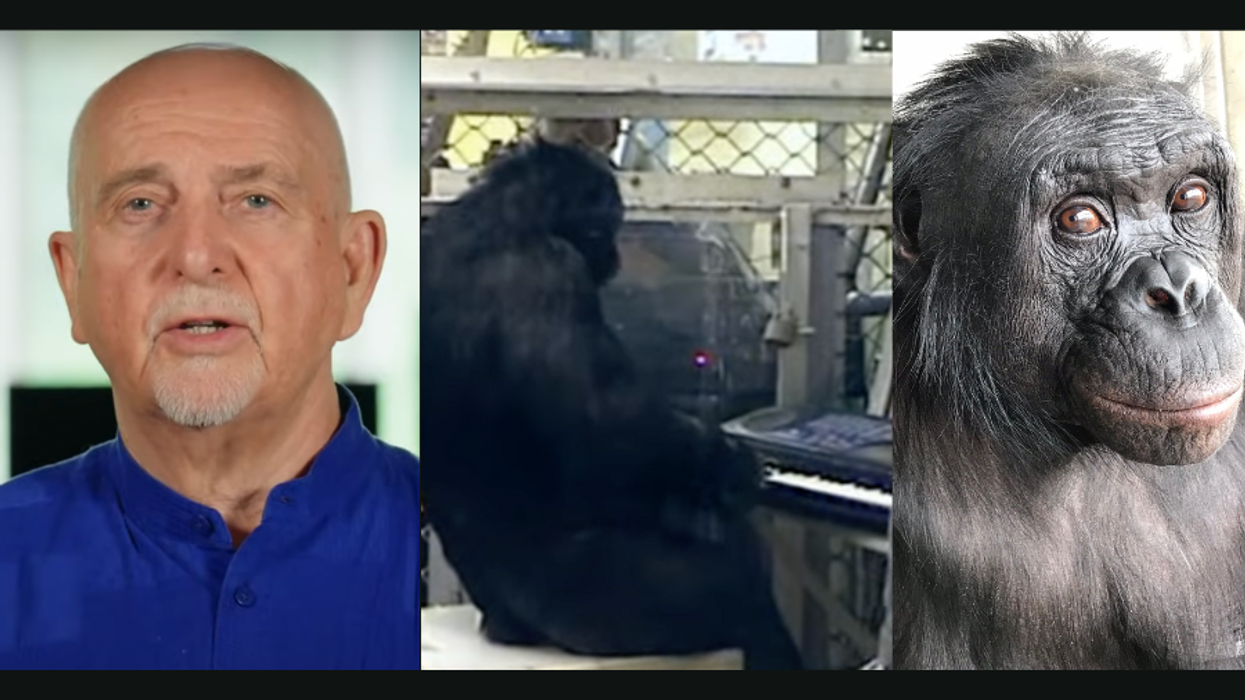Last weekend, the Hammer Museum in Los Angeles debuted a new exhibition called The Afghan Carpet Project, a special show that represents the collaborative efforts of Afghan carpet weavers and six L.A. artists—Lisa Anne Auerbach, Liz Craft, Meg Cranston, Francesca Gabbiani, Jennifer Guidi, and Toba Khedoori. Last year, these artists took a trip to Kabul and Bamiyan, organized by the non-profit organization AfghanMade, where they observed the “craft and production process” of the carpet weavers, and then drew up designs for their own carpets. The Hammer Museum show includes the six carpets that resulted from this trip, designed by the L.A. artists and weaved by the Afghan artisans, as well as photographs of the trip, taken by Auerbach.
“Although there was some trepidation on the part of the Museum and the artists to make a trip to Afghanistan at this moment in time, ultimately it was impossible to resist the opportunity,” says Hammer director Ann Philbin in the press release. “To visit these remarkable craftspeople and see firsthand their extraordinary weavings was a great experience for these artists.”
The final products will also be sold by Christopher Farr, a contemporary rug designer based in the U.K., and a percentage of the proceeds will benefit Arzu Studio Hope, a nonprofit rug manufacturer that aims to empower Afghan women through employment, healthcare, and education.
[new_image position="standard large" id="null"]Meg Cranston[/new_image]
It’s a project with noble intentions, and it’s true that the final products are not only beautifully designed, but also beautifully made as well. But the language used to describe the exhibit as well as the rugs themselves represent a troubling dynamic that is endemic within the Western art world, one that relegates all indigenous, non-Western art forms to the realm of “craft.” The distinction between what is “art” and what is “craft” is not always clear, and the classifications are often made by the privileged arbiters of taste in museums and galleries located in the richest cities of the world. The Afghan rug weavers may be extremely talented at what they do, and they may produce some beautiful designs, but their value is limited to the domain of handicraft and novelty. Their rugs become “art” only when they implement the designs of American artists, but the weavers themselves never become artists—only craftspeople.
It’s significant, too, that we don’t know the names of the weavers and workers involved in this process. But the names of the L.A. artists are bolded in black in the show’s press release. This simple omission reinforces a certain hierarchy of labor: the design, the “art,” is prioritized over the construction, or the “craft.” We don’t know their names because the process of weaving could have been facilitated by any one of the nameless Afghan weavers. Their work only became valuable when it came into contact with the discerning tastes of Western artists and museum curators. Functionally, they are erased from the art.
In this context, one of the designs in particular requires deeper reflection: a rug design by Jennifer Guidi, which features images of figures in the blue shuttlecock burqa, a style that is native to the country. The image of the veiled Muslim women has always been irresistible to Westerners and outsiders, who are mystified by the hijab and even the women underneath it. But it’s not an image that is representative of realities on the ground. In Auerbach’s photos, the Afghan women weavers who created this rug are dressed in a diverse and colorful array of clothes—bright red dresses, flannel t-shirts, simple blazers. Not a single one of them is wearing the blue shuttlecock burqa. And yet what Guidi chose to see when she stepped into their country, and what she later chose to highlight in her art, were the ideas that confirmed her own preconcieved notions about Afghanistan. The repetition of the image, and its startling homogeneity, also serves to flatten the Muslim women whose likenesses she exploits into a one-dimensional representation.
What kind of designs would have emerged had the rugs been the product of a true collaboration? The exhibit might have turned out quite differently. As it is, however, the aspect of Afghan rug weaving is reduced to mere gimmick, and it’s the American artists who take center stage.
The Afghan Carpet Project will be on view at the Hammer Museum until September 27.













